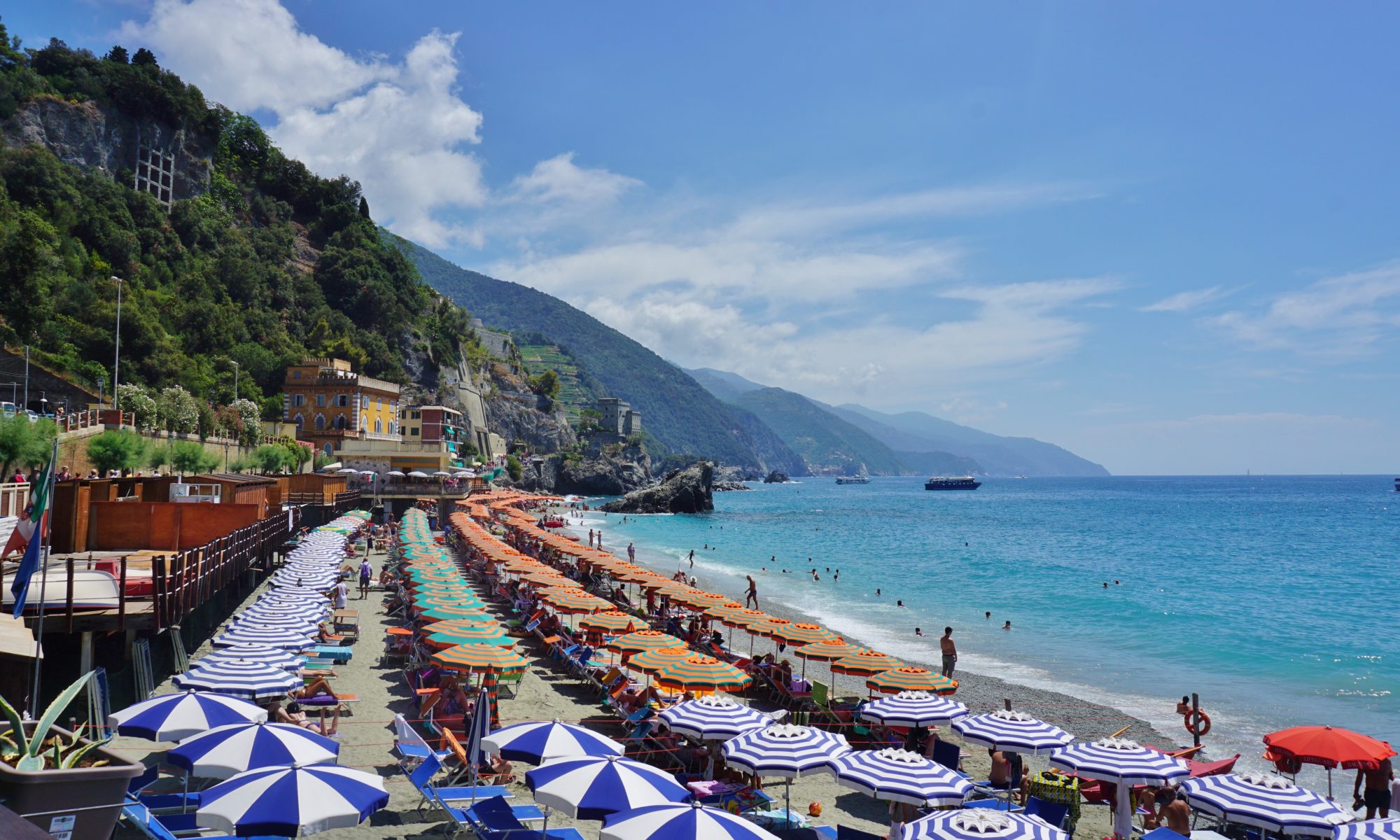Oceania is a geographic region in the South Pacific ocean which includes the sub regions of Australasia, Melanesia, Micronesia and Polynesia. The main continental landmass in Oceania is Australia, while the rest of Oceania consists of islands.
Oceania’s border with Asia is not easy to define. Politically it is considered to be the border on the Island of New Guinea between Indonesia (which is in Asia) and Papua New Guinea (which is in Oceania). However, geographically, the Indonesian provinces of Papua & West Papua are part of Oceania as well.

The largest countries in Oceania in terms of population are Australia, Papua New Guinea, New Zealand & Fiji. Other island groups or territories that are popular with tourists include Vanuatu, Samoa, the Cook Islands (including Rarotonga), New Caledonia and French Polynesia (including Tahiti.)
Like many parts of the world Oceania has been marked by colonisation, with Britain, France, Spain, Germany & the USA having claimed parts of the South Pacific at different points. Britain, France & the USA still have overseas territories in the South Pacific, while other islands are now administered by New Zealand or Australia. In addition to this Easter Island is part of Chile and the Galapagos Islands are part of Ecuador.
Oceania offers a huge diversity of landscapes from the arid Australian Outback, to the sun drenched Pacific Islands with their sandy beaches & tropical rainforests to the fiords, lakes and towering snowy peaks of the South Island, New Zealand. There is a huge diversity of experiences on offer for tourists too from exploring the big multicultural Australasian cities like Sydney, Melbourne & Auckland, right through to hiking in some of the most untouched national parks in the world.
Given the insane amount of Pacific Islands and the sheer distances in Australia, exploring the South Pacific usually involves a lot of flying, unless you opt for a cruise. Popular air routes between the Pacific islands, New Zealand and Australia are competitively priced, but lesser used routes can be very expensive. As New World countries we don’t tend to have extensive rail networks between cities or towns, so when it comes to travelling around a particular landmass or island, road based options like buses or rental cars are generally the best way to get around. Domestic flights in New Zealand and Australia are fairly inexpensive too, and are best for covering long distances. In the Pacific Islands and New Zealand there are usually ferries linking smaller islands to the mainland or to the main port of entry.
In Oceania I’ve mainly written about New Zealand so far, as that’s where I’m from. Luckily it is also one of the most beautiful countries in the world (and I don’t just say that because I’m biased.)






